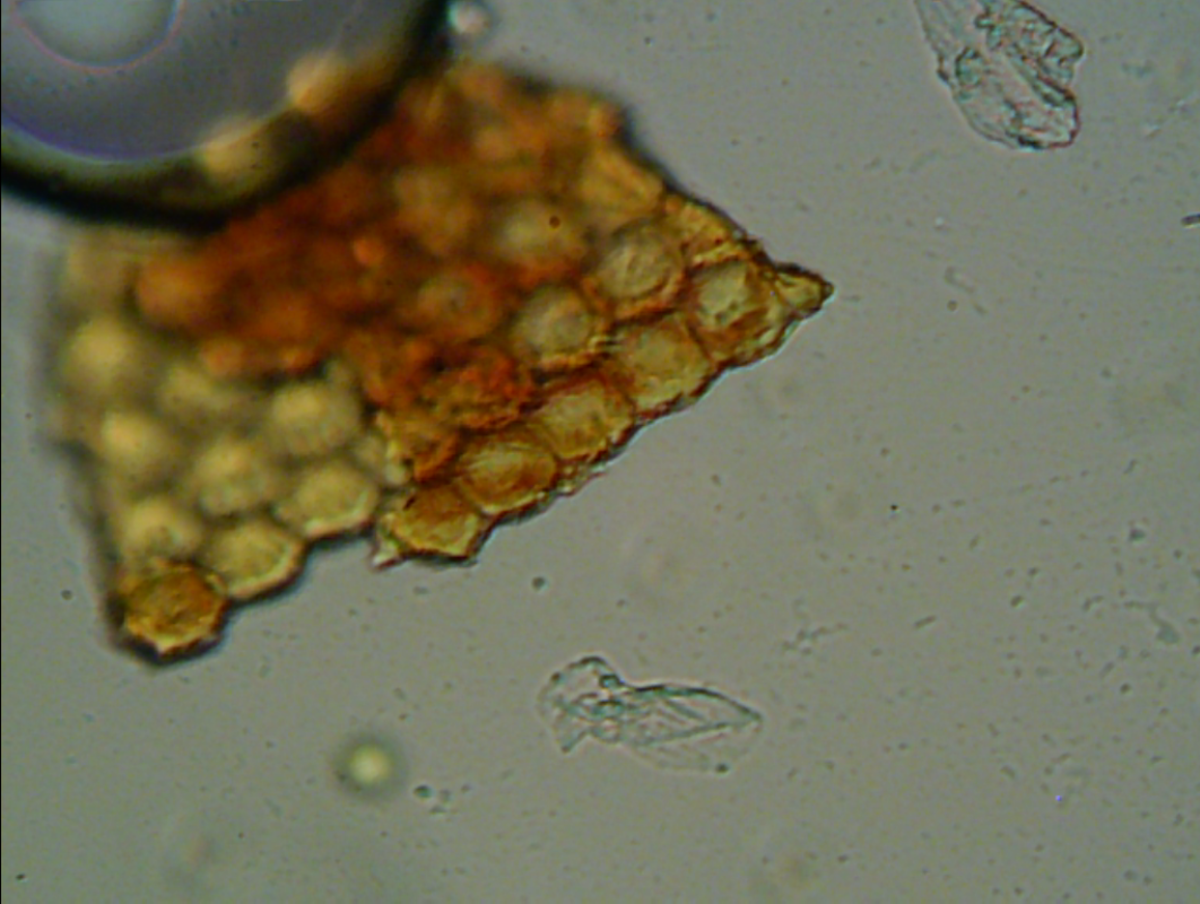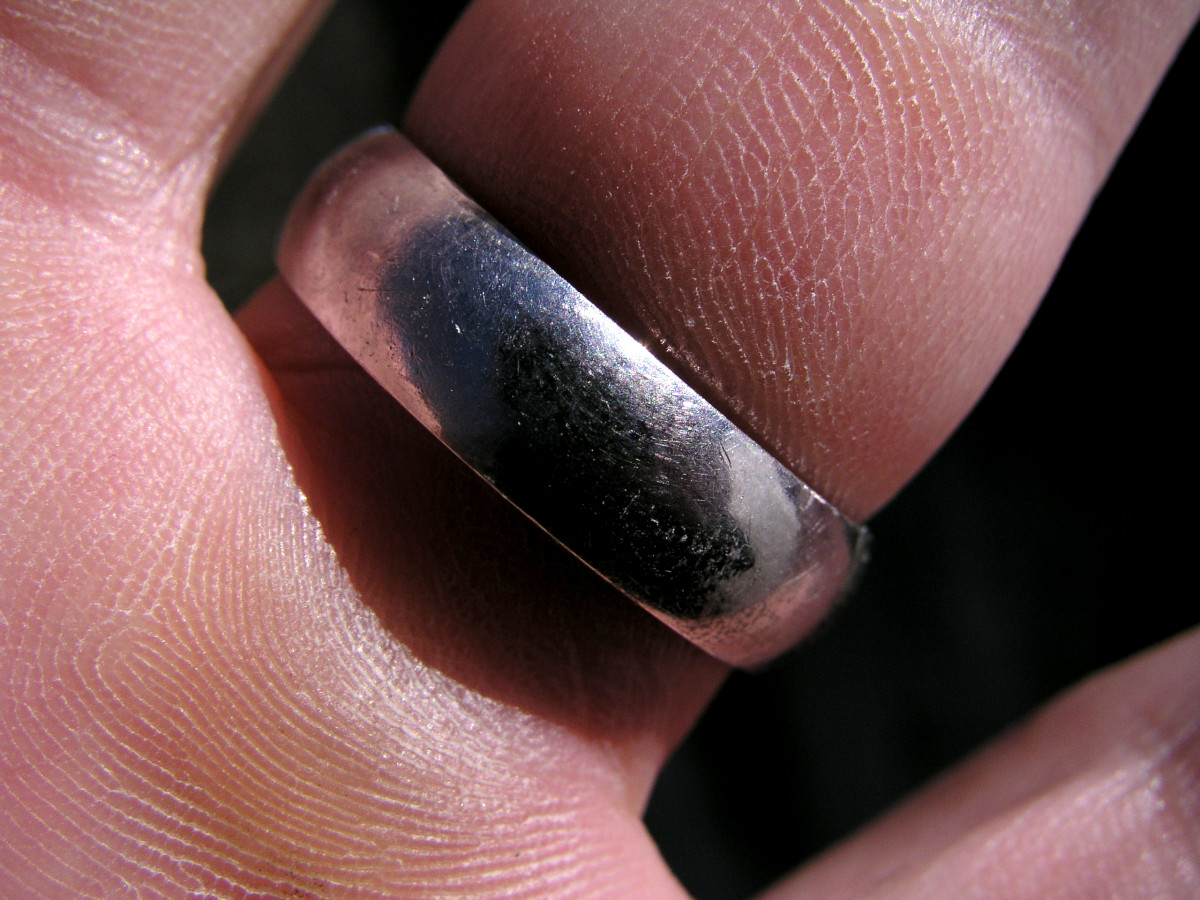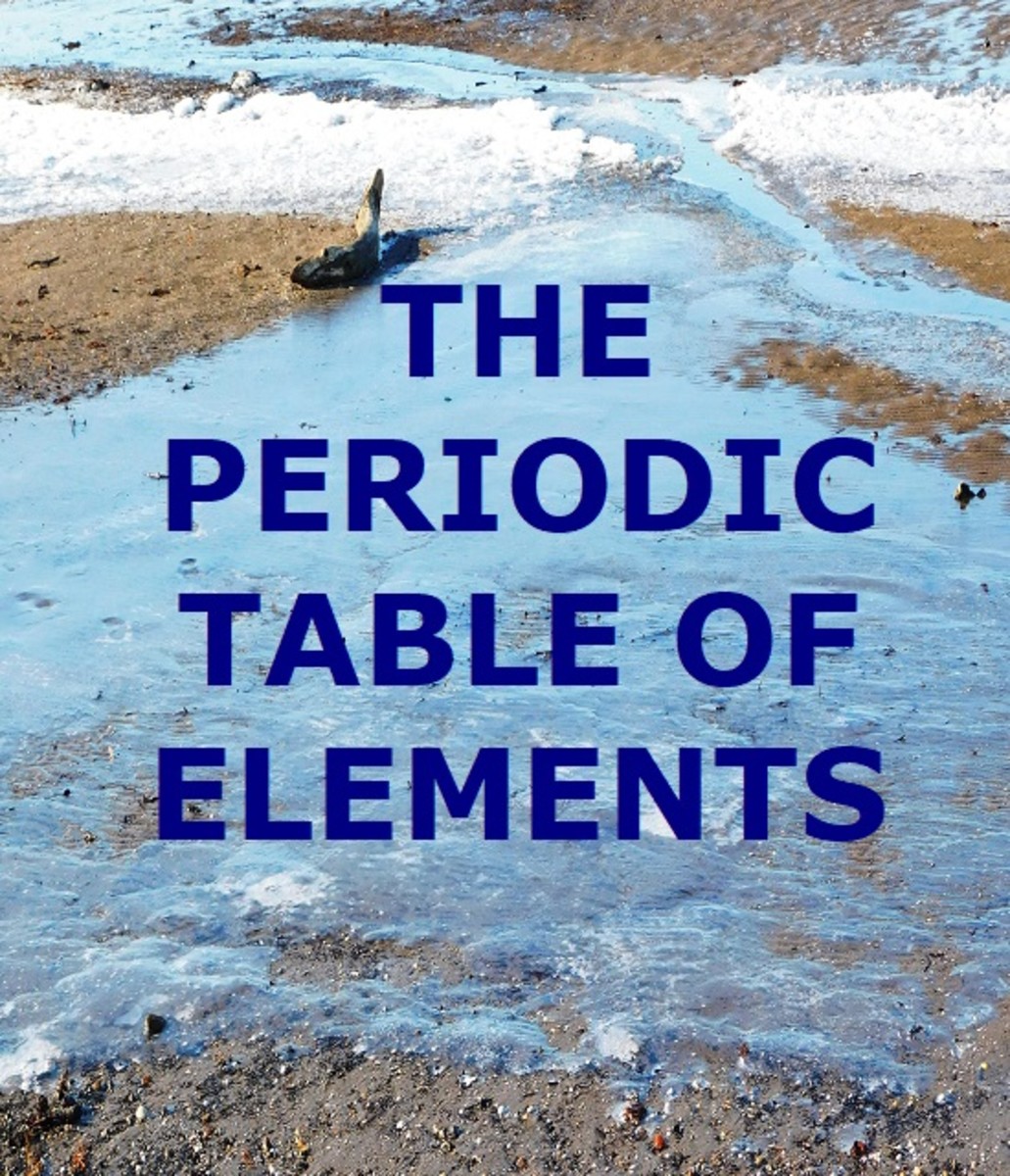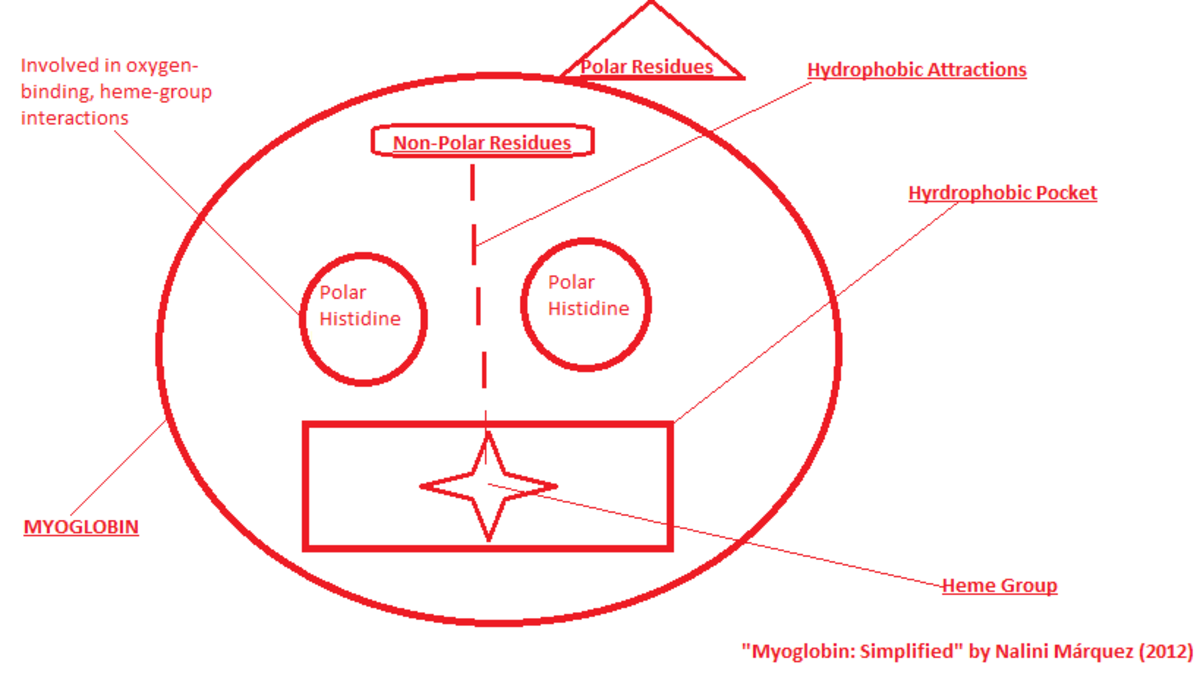Carbon nitrogen ratio
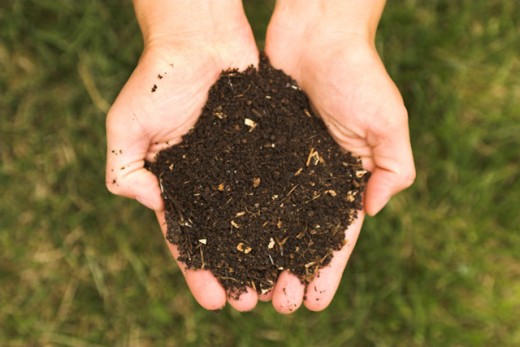
Composting relies on microorganisms to do what it does and like all living organisms; they need certain things to thrive such as air, water and food. And in the same way that your body will not function correctly with out the proper nutrients, the microorganisms will be at their most productive when they have all they need in the correct amounts. One of the most important considerations as composter must take into account is the carbon-nitrogen balance of your pile.
The microorganisms require carbon for energy and nitrogen to build the proteins it needs to stay together. Organisms use 30 parts carbon to 1 part nitrogen so the recommended amount is a 25-30:1 ratio of carbon to nitrogen.
When a pile has too much carbon it will reduce the fertilizing properties of the soil and make it less effective for growing plants. The microbes will draw nitrogen, or ‘rob’ it from the soil, in order to balance out the carbon. This leaves less nitrogen for the plants to use until more nitrogen is added.
If there is not enough carbon in the soil, the microbes will use up all the carbon and be forced to release the excess nitrogen as ammonia gas. This will also lead to a stinky compost pile that, unless your pile is far away from you home, you don't want.
How to maintain the balance
A solid rule of thumb for determining the C:N ratio of the material you put into the compost bin is, Greens=high in Nitrogen and Browns=high in Carbon.
C/N Ratio
| ||
|---|---|---|
Greens
| Hay
| 25:1
|
Yard Waste
| 30:1
| |
Manures
| 15:1
| |
Clover
| 25:1
| |
Seaweed
| 20:1
| |
Vegetable Scraps
| 25:1
| |
Weeds
| 30:1
| |
Coffee Grounds
| 20:1
| |
Grass Clipings
| 19:1
| |
Browns
| Sawdust
| 142:1
|
Straw
| 75:1
| |
Cardboard
| 350:1
| |
Leaves
| 60:1
| |
Pine Needles
| 80:1
| |
Egg Cartons
| 300:1
| |
Wood Chips
| 400:1
|
I prefer to use old egg cartons or phone books for my brown because they are very easy to come by and work wonderfully. For greens, I like to add cut grass if it needs it. However, I am always composting lots of coffee grounds so the pile is never really in need of much excess nitrogen.
Make sure that the things that you add to your pile are the correct size as well. They should be small, nothing bigger than about a tennis ball and the smaller the better. If you have a huge chunk of organic matter like a wood chip, oxygen and moisture will not be able to reach the center of it as easily and it will take much longer to decompose. You also run the risk of it molding before it can decompose.
Also, if you choose to add manure, make sure that it is meant for composting. Don’t add human or house pet waste to the pile unless it is in very small amounts or to a huge pile. These types of manure do not break down well, create a breeding ground for the wrong types of bacteria and create a stinky pile; and I’m not talking about that nice cow or horse manure smell, it will be straight stanky!
This is one aspect of composting that can be scary and deter many people from trying because they think it will be too complicated or that they need to be a scientist to understand it all. This is not true at all. You can get really complicated and scientific with it but even I don’t fully understand organic chemistry, I’m trying though, and my compost works beautifully.
Composting is a very earthy science (literally!!!), the best way to maintain a healthy pile it to get in touch with it. Keep checking on it and listen to what it is telling you. However, if you want to learn more about the scientific background I here are some sites that I highly recommend:
Science
- The Nitrogen Cycle
The Nitrogen Cycle:Of Microbes and Men - This module provides an overview of the nitrogen cycle and the chemical changes that govern the cycle. - Compost Fundamentals: Compost Needs - Carbon Nitrogen Relationships
The Washington State University page on composting. They have some really good information so explore around.

